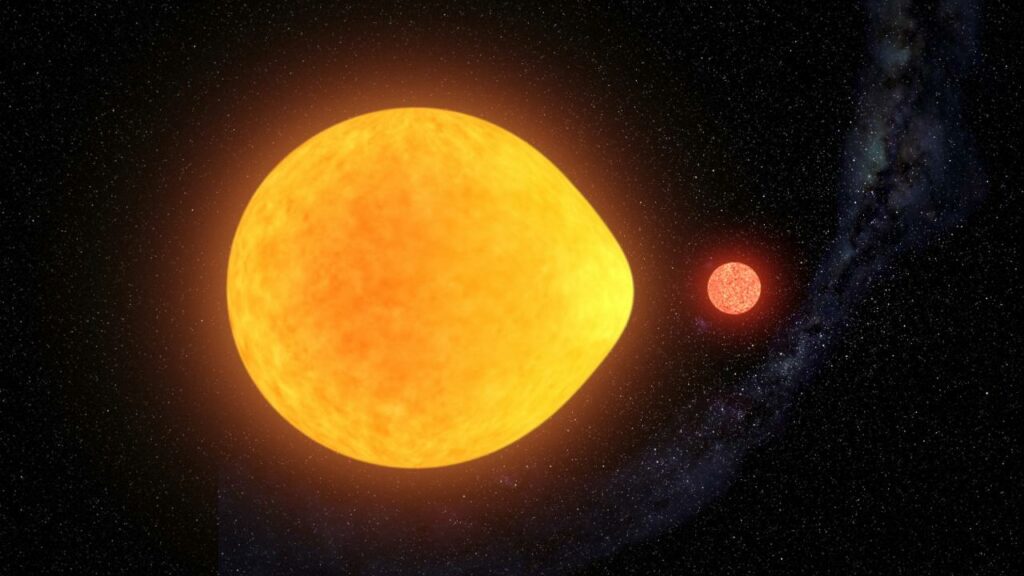Following the discovery of the subdwarf, thanks to images taken from La Palma, experts have named the star TMTS J0526B and reported that it is about one-third the mass of our sun and reaches a temperature of about 2,225 degrees Celsius as it burns helium. According to the study, the star and its companion, J0526A, which is too faint to be observed directly, orbit each other every 20 minutes. Although J0526A is not visible to the telescope, researchers have confirmed its existence due to several pieces of evidence, including its extreme density that has caused J0526B, the main star, to take on an egg shape due to gravitational attraction.



